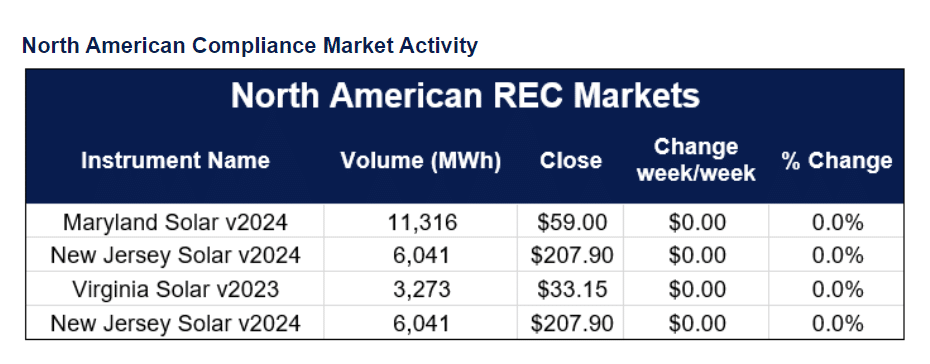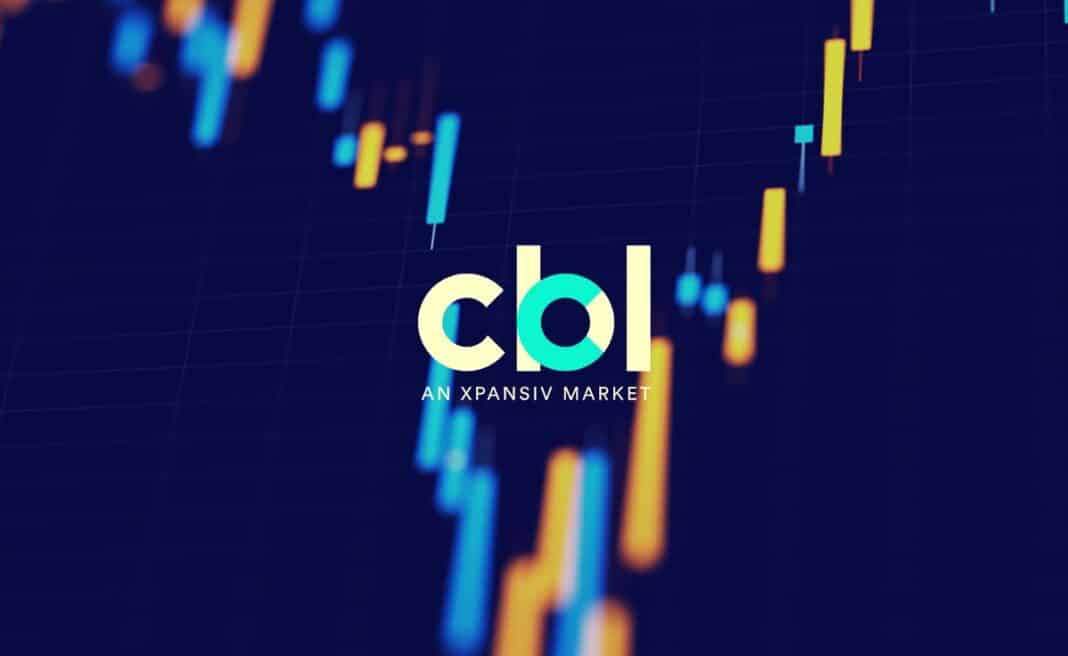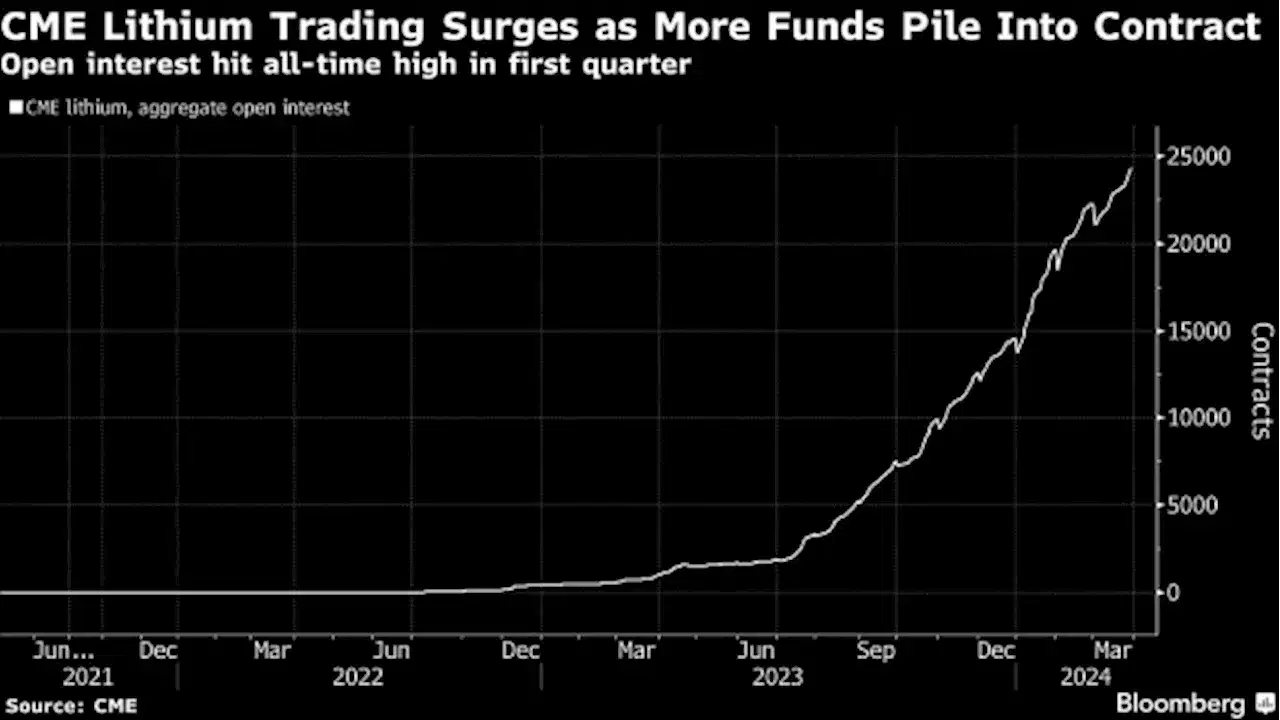Explore the latest trends and developments in emissions futures trading, powered by data from Xpansiv Data and Analytics. Dive into the significant rally witnessed in CME Group’s CBL emissions futures, along with the surge in trading activity for lithium contracts.
Xpansiv offers robust market data from CBL, the world’s largest spot environmental commodity exchange, including daily and historical bids, offers, and transaction data for various environmental commodities traded on the CBL platform.
This spot data is supplemented by forward prices from premier market intermediaries and aggregated registry statistics and ratings from leading providers.
Emissions Futures Surge at CME Group’s CBL Platform
CME Group’s CBL emissions futures experienced a significant rally of over 25% for December CBL N-GEO and CBL GEO futures prices. These contracts settled at $1.16 and $0.62, respectively, marking notable increases of 26.5% and 27.5% compared to the previous week.

The surge was particularly noticeable with CBL N-GEO futures jumping 12.0% on substantial volume, reaching nearly 2.2 million metric tons. However, spot prices remained relatively stable, with N-GEO closing at $0.49 (down 2.0% for the week) and GEO ending unchanged at $0.66.
Spot trading activity remained subdued, with a notable block of new vintage India solar credits settling at $1.90. Offers on the CBL central limit order book included various renewable credits from different regions. These include the following offers:
- vintage 2021 VCS 2250 Pakistan Delta Blue credits,
- vintage 2020 VCS 3279 Bangladesh cookstoves, and
- vintage 2022 VCS 2604 China Waste Handling Credits, among others.
The total trading volume for CBL emissions futures reached 3.1 million tons, with the spot exchange adding 84,722 tons. Three-quarters of these were settled through the mart’s portfolio of Global Emissions Offset™ contracts.
In the REC market, activity primarily centered around PJM markets, with Pennsylvania tier 1 v2024 is experiencing the most volume. Other notable trades included Maryland solar v2024 and Virginia solar v2023 credits as seen below.

On the CBL screen, New Jersey solar credits stood out with over 6,000 credits matched in numerous transactions at $208. Additionally, the California Low Carbon Fuels Standard (LCFS) contract saw 15,000 credits settled, and 1,500 Regional Greenhouse Gas Initiative (RGGI) allowance contracts were exchanged.
Lithium CME Trading Boom
Another rising commodity witnessing a trading surge in the CME Group is lithium.
Despite declining battery metal prices, trading of lithium in CME’s trading platform draws increased attention from funds.
Open interest in the contract reached a record high of 24,328 contracts in the first quarter. This uptick shows increased liquidity within the contract and suggests a maturing market for the lithium industry.
The growth in open interest follows a robust year in 2023, driven by arbitrage trading between China and the US. China’s introduction of its lithium carbonate contract on the Guangzhou Futures Exchange further contributed to trading activity. This underscores the growing importance of lithium derivatives markets for industry participants to manage price risks.
Despite challenges in the industry, such as an over 80% decline in lithium prices from their record high in November 2022, the surge in open interest provides assurance to funds and financial participants. It gives them confidence in trading the contract, enabling them to enter and exit positions as needed, even in the face of adverse price movements.
Moreover, the growing interest from Asia-based funds reflects the increasing appeal of lithium as an investment opportunity.
As emissions futures experience notable price movements and trading volumes, stakeholders navigate dynamic markets with insights from comprehensive spot firm data provided by Xpansiv. Meanwhile, the surge in open interest for lithium contracts signals growing investor interest and maturity in the lithium market, despite price challenges.



